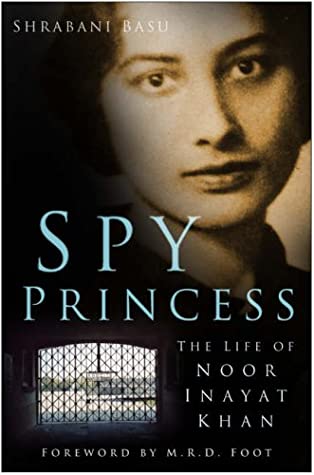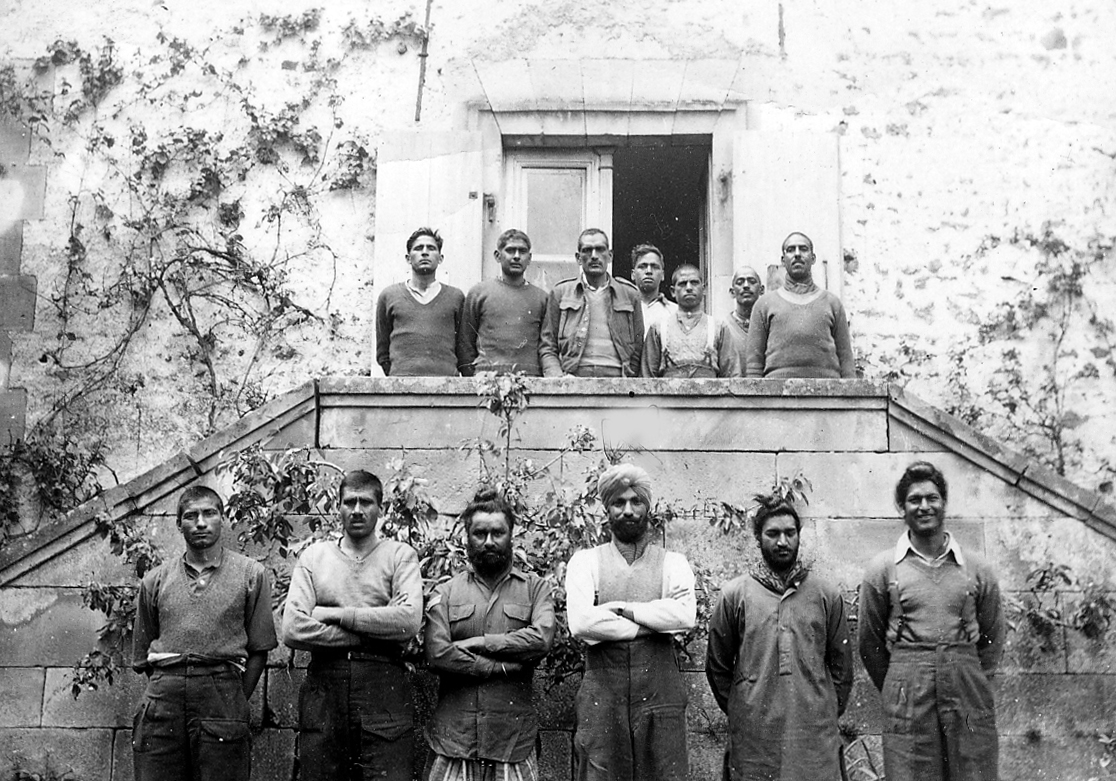Eighty one years ago today, this man led 299 Indian soldiers along the beach at Dunkirk. They were taken off in the middle of the night from the East Mole, and spent the next 3½ years in Britain. His name? 

His name was Muhammad Akbar Khan. He was a Great War veteran, and one of the very first group of Indians to be commissioned as an officer in the Indian Army, in 1919. Here he is in 1925 with his regimental hockey team. 

After Dunkirk he made friends with Leo Amery, recently appointed as Secretary of State for India. They met at Pribright - this photo also shows ZA Bokhari, who went on to found🇵🇰 Pakistan Radio. @ColourHeritage 

M Akbar Khan was to become something of a celebrity during his time in the UK, appearing on the #BBC and meeting the King and Queen. Here he is visiting @ShahJahanMosque - possibly at Eid-ul-Futr on 2nd November 1940 
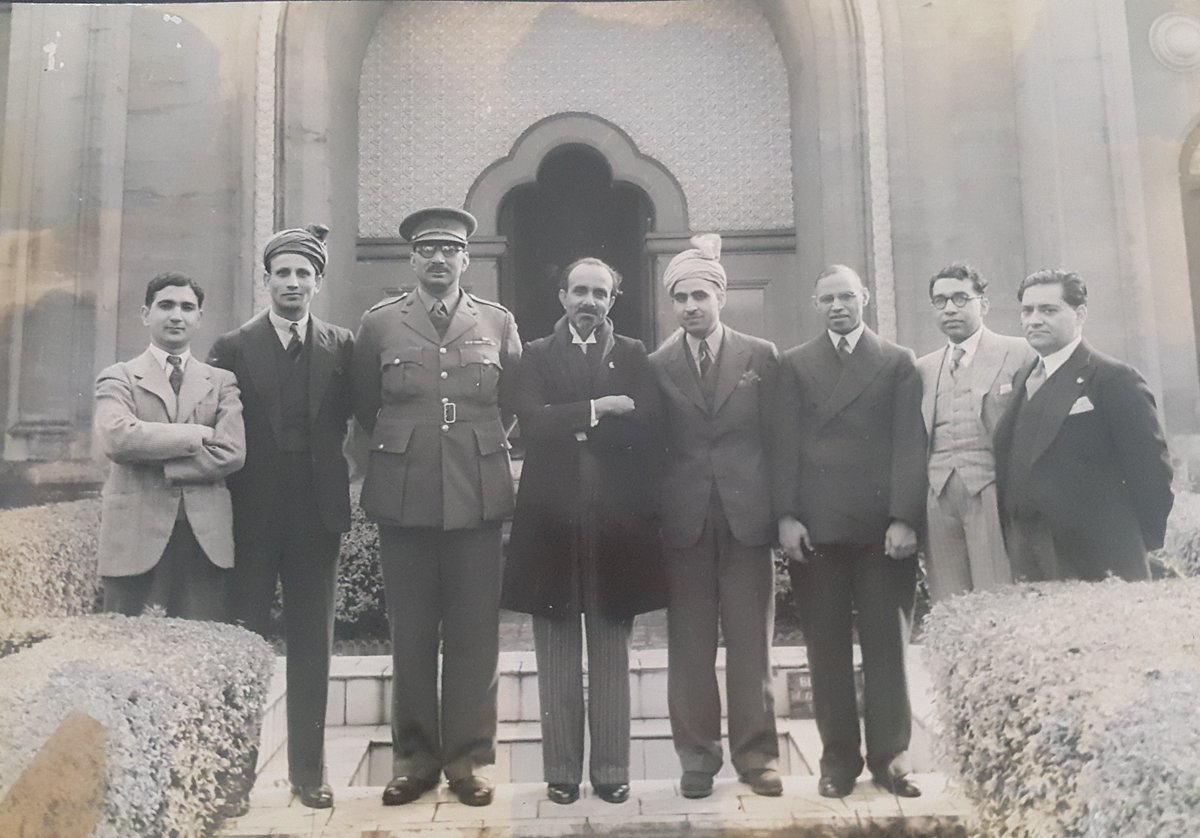
One of my favourite photos of M Akbar Khan. London, May 1940 with a group from #ForceK6 on leave, a few days before the German #blitzkrieg. In a park, they bump into an old gent walking his dog, who stops for a chat. Perhaps he served in India and wants to practise his urdu... 
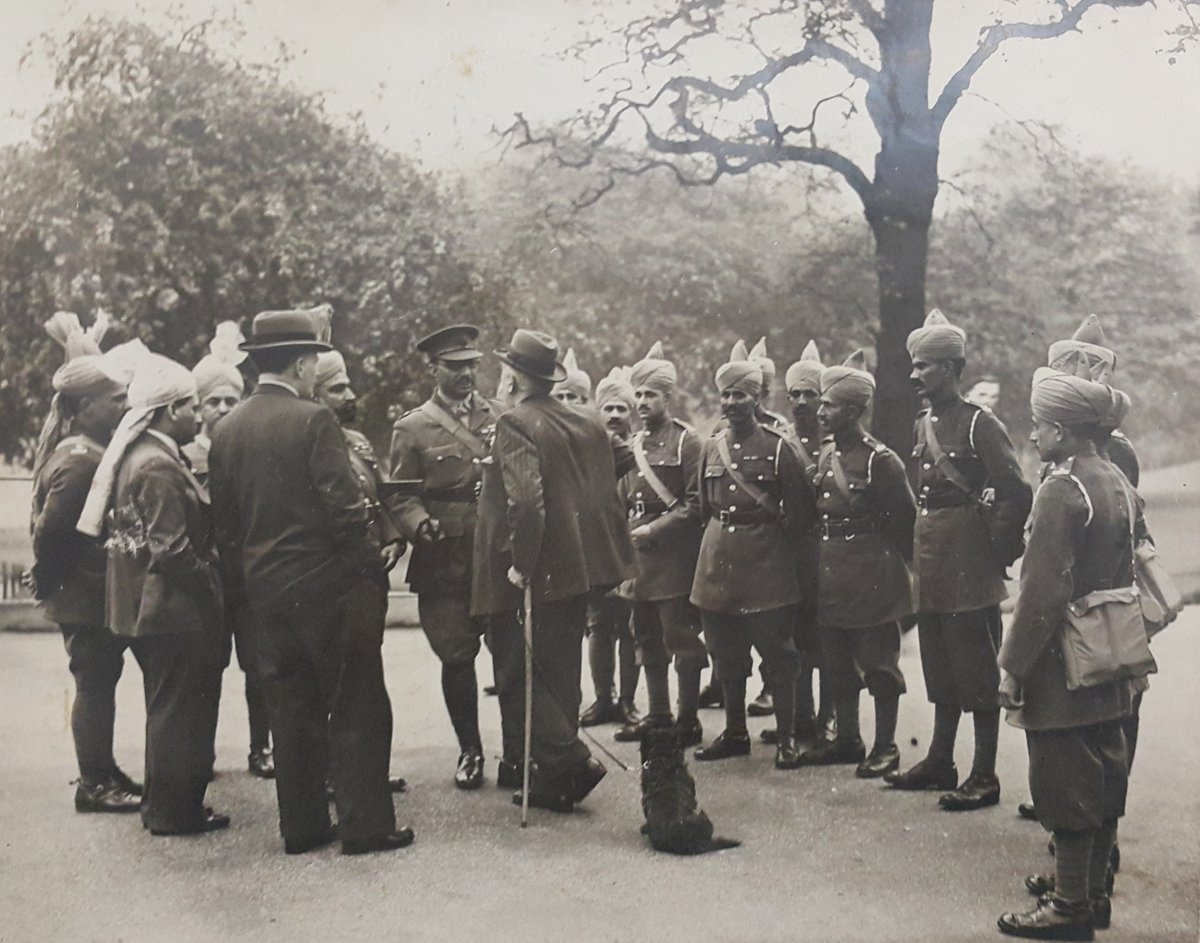
The portrait of M Akbar Khan was painted in 1941 by Henry Lamb RA, together with this companion portrait, of Driver Abdul Ghani. Akbar's portrait is in @I_W_M , and this one is in @KelvingroveArt 

To find the whole story of Akbar, Abdul Ghani and all their comrades, read my book, published one year ago by @TheHistoryPress , and endorsed by @MishalHusain 
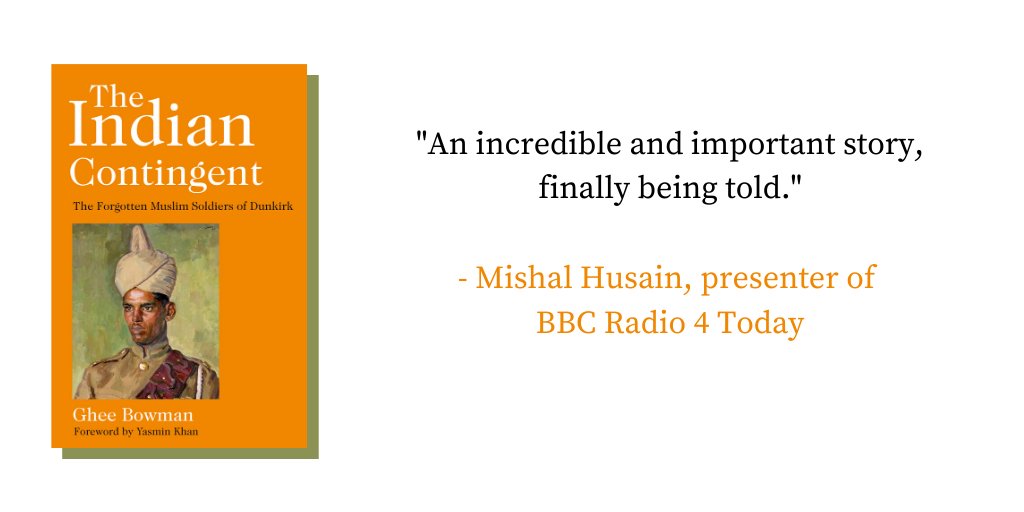
• • •
Missing some Tweet in this thread? You can try to
force a refresh




